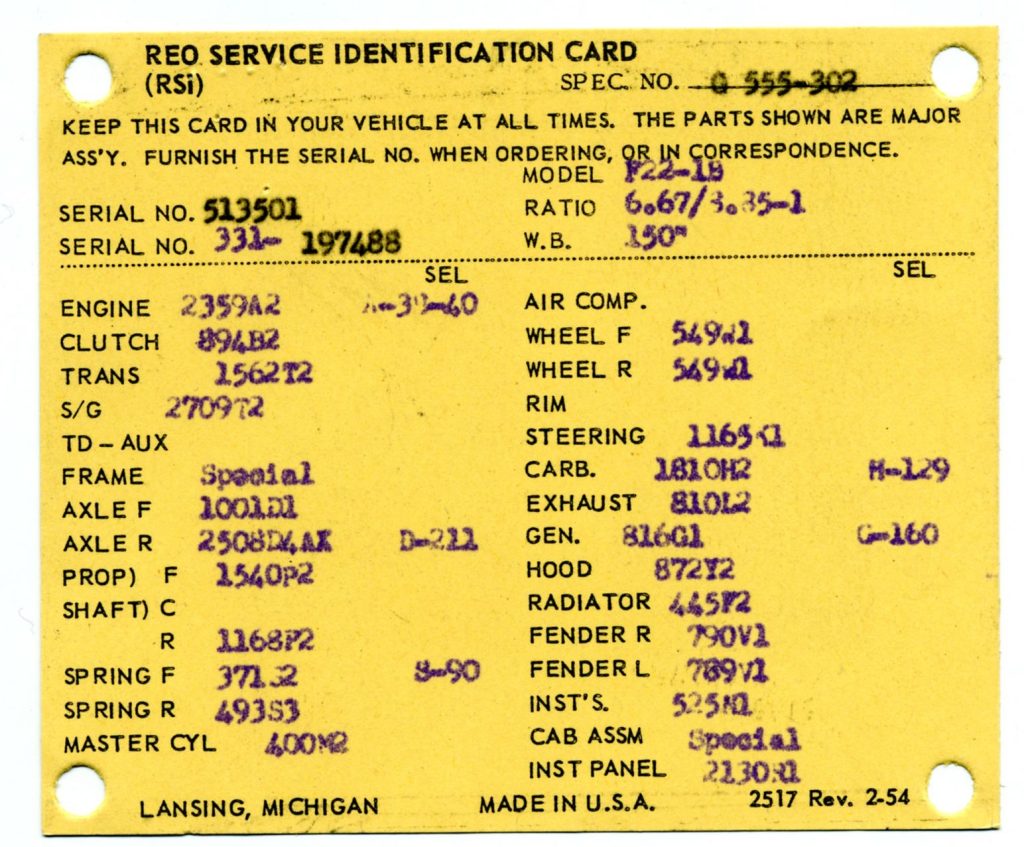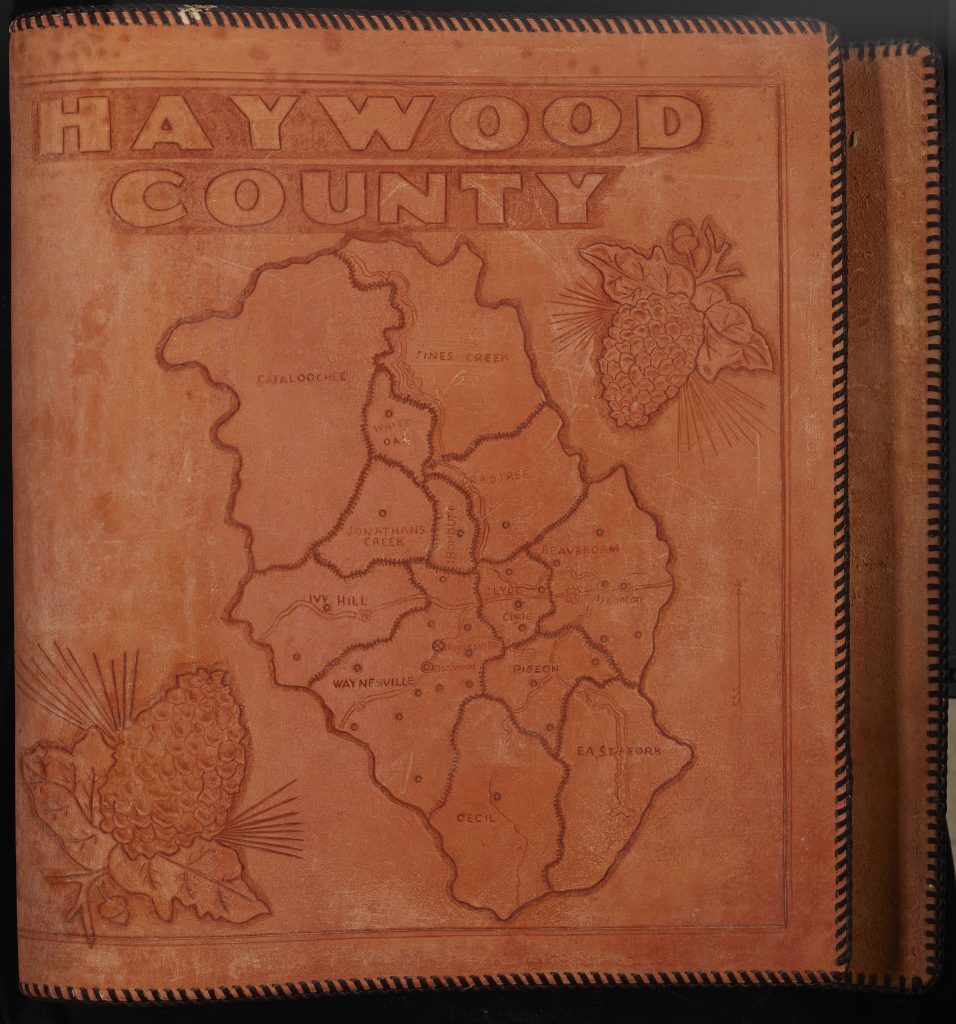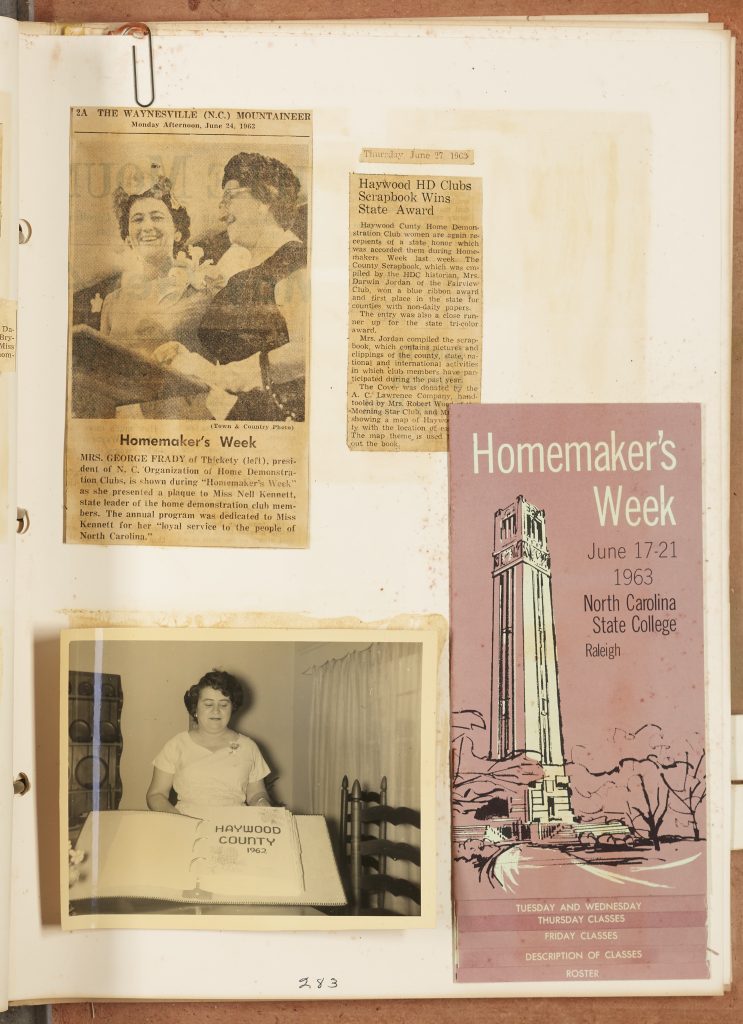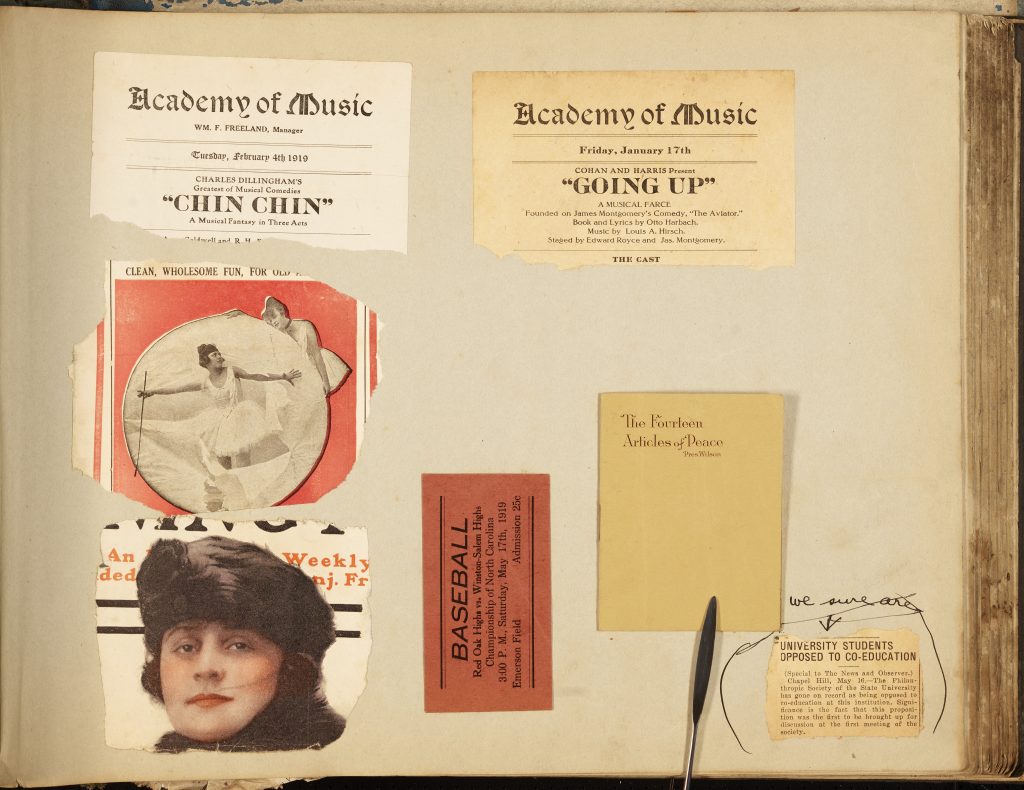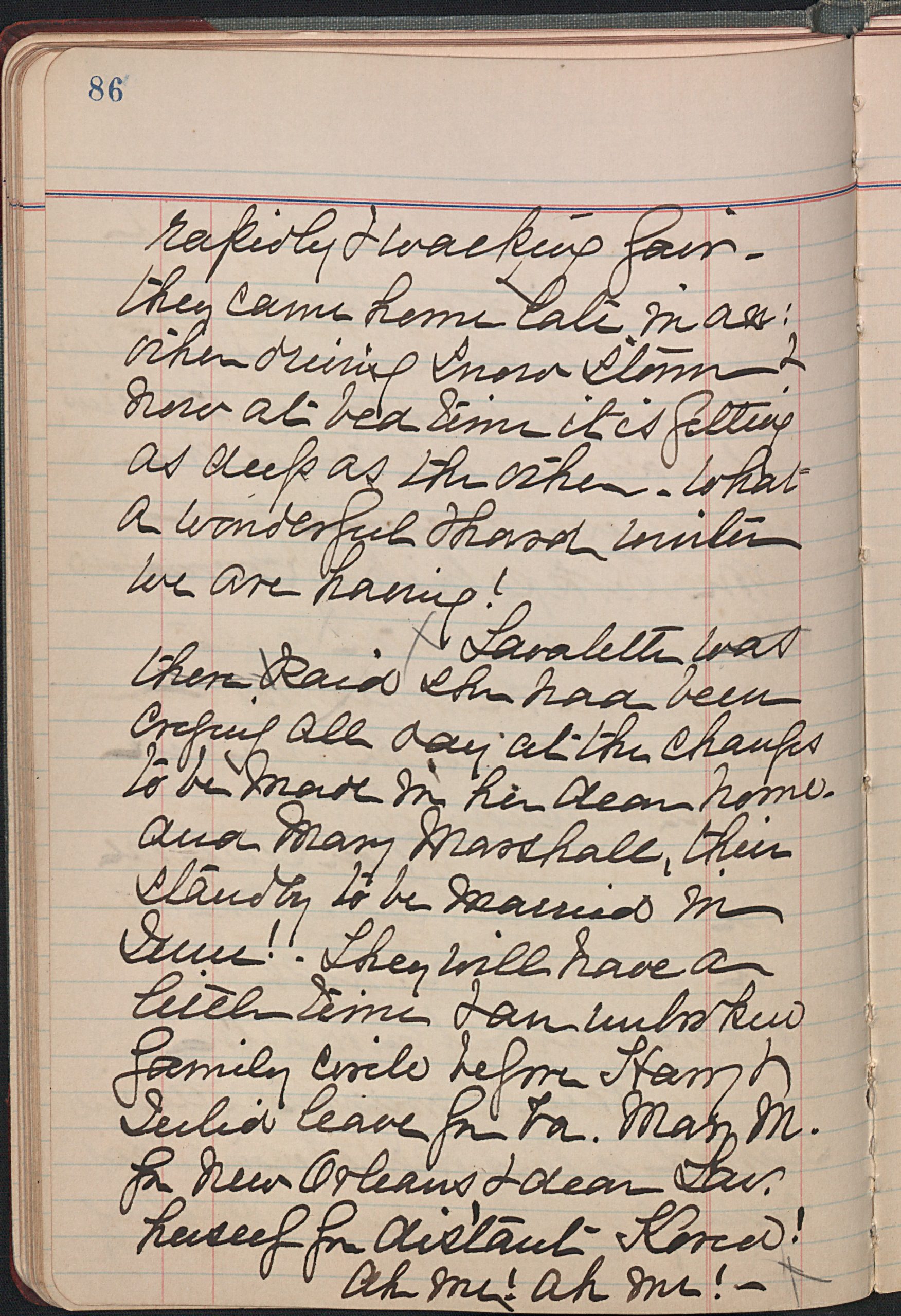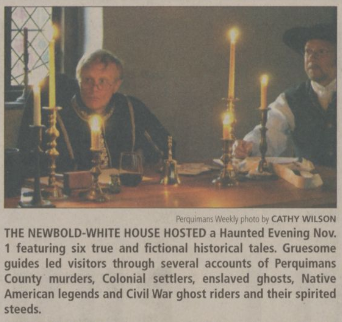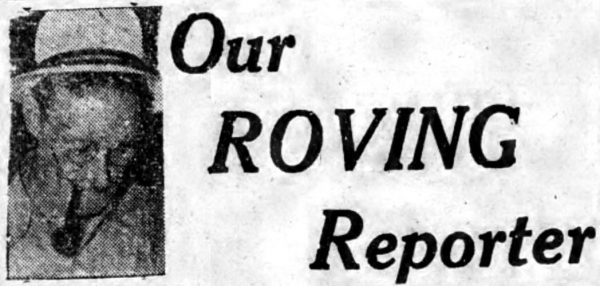Thanks to our partners at the Ocracoke Preservation Society, DigitalNC is proud to announce decades worth of Ocracoke history are now available online! This upload is a collection in multiple parts and includes The Mullet Wrapper newsletter, a compilation of marriage records, half a century’s worth of obituaries and funeral programs, books detailing Ocracoke’s cemeteries, and a detailed list of historic sites from the National Register of Historic Places. Almost every aspect of island life is represented within these records: from parades and exhibits, to local nuptials and obituaries, to the discovery, exploration, and conservation of historic sites.
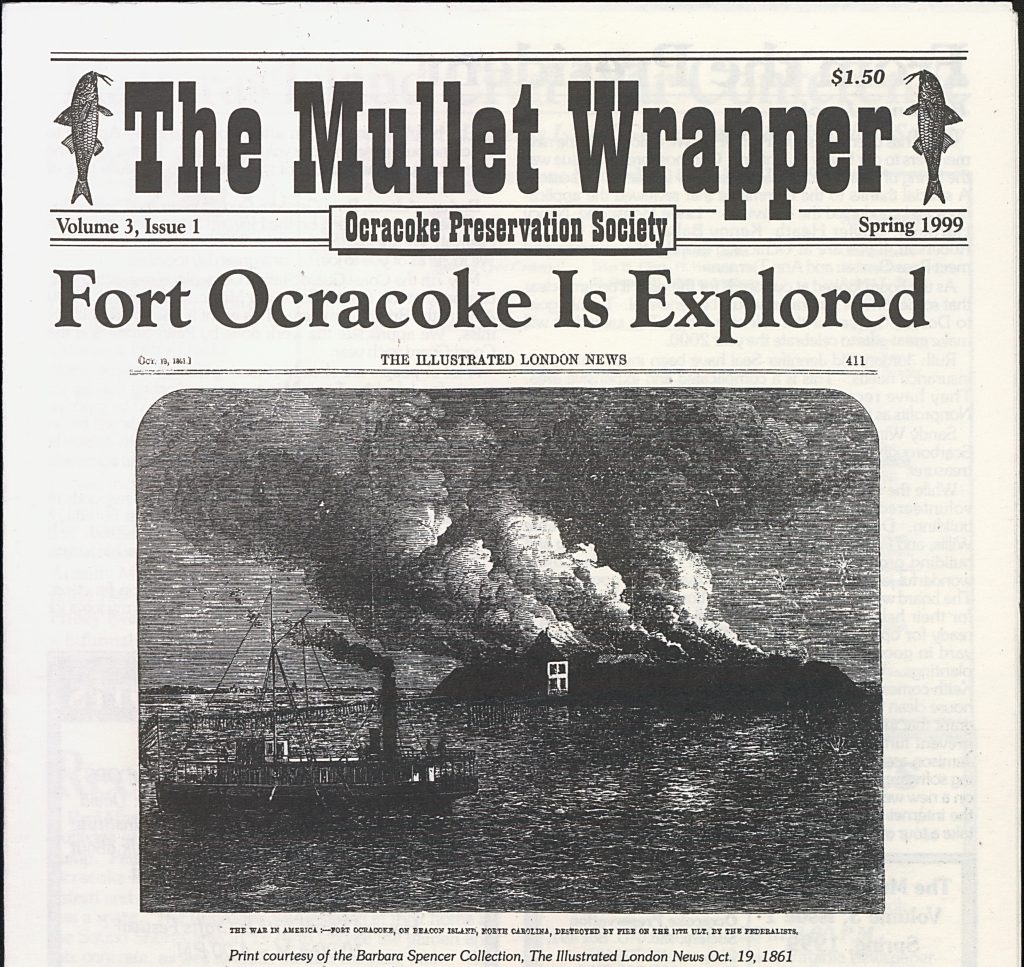
One of the best ways to become acquainted with the history of Ocracoke Island is to read through The Mullet Wrapper, Ocracoke Preservation Society’s biannual newsletter. Named after the practice of wrapping freshly bought fish in newspapers, The Mullet Wrapper provides a detailed glimpse into the myriad efforts made to preserve Ocracoke history. Within its pages are articles teaching historic home preservation, profiles on notable locals, and news on upcoming educational talks and events. Our collection spans from The Mullet Wrapper’s inception in 1997 to 2017, and even includes two years of newsletters published before The Mullet Wrapper received its name! A highlight of this period is seeing the development of historians understanding of Fort Ocracoke, a sunken structure resting underneath Ocracoke’s bay. The Mullet Wrapper’s publication begins around the fort’s discovery, and as the issues progress more and more articles are released detailing information, eventually ending in the construction of a Civil War memorial near the site.
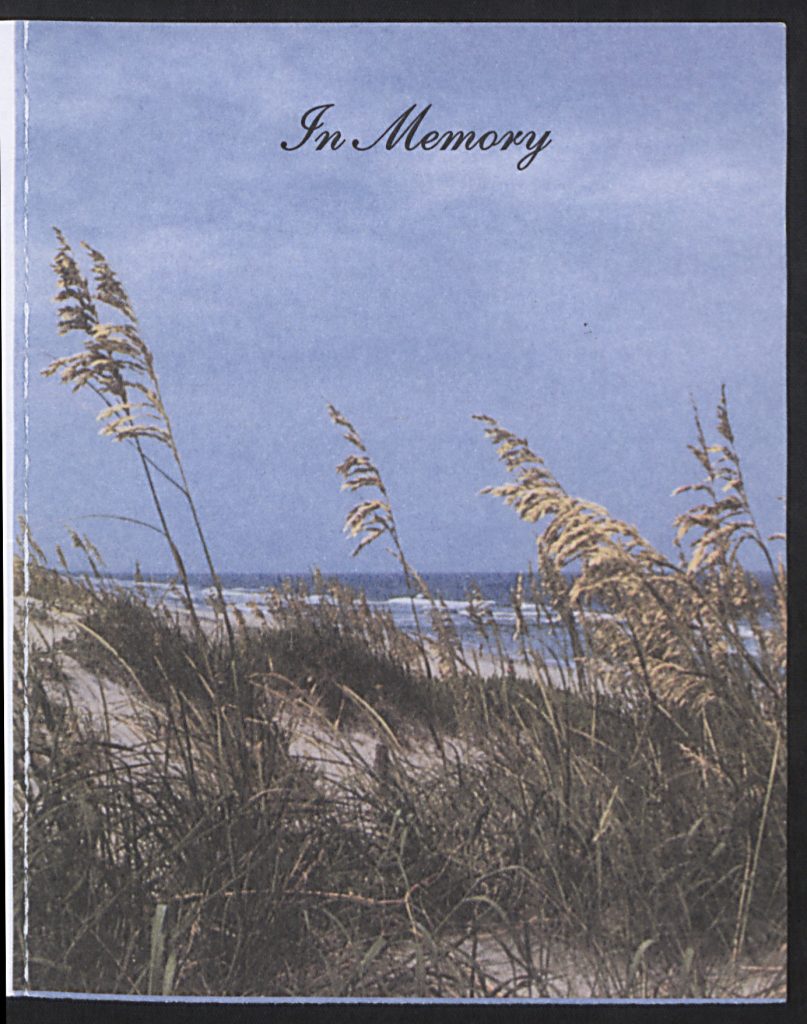
Additional context is provided for Ocracoke’s history in the form of an extensive report from the National Register of Historic Places. This report details every single historic building, landmark, or structure within Ocracoke’s Historic District, a neighborhood nestled around the bay’s shores. Two maps (one highlighted and one untouched) provide an essential key for understanding the layout of the island, and are themselves a part of preservation history. If you desire additional context, we’ve also uploaded two books containing records of the island’s over eighty historic cemeteries. Each book includes records of the interred, maps of cemetery layouts, and additional context for family or particular sites.
The society’s records also include almost four decades of deaths in or around Ocracoke Island. Funeral programs, obituaries, and hand-written eulogies have been collected and collated for every Ocracoke native’s death, including those occurring hundreds of miles away. Beginning in 1973 and ending in 2021, each year contains a list of every recorded death alongside any related written material. This includes articles published outside of Ocracoke (in the instance of former state senator George Warner), prayer cards for the deceased, and a massive collection of eulogies written by local pastor Jimmy Creech. Reading through these records imparts the sense of just how interconnected community becomes on an island.
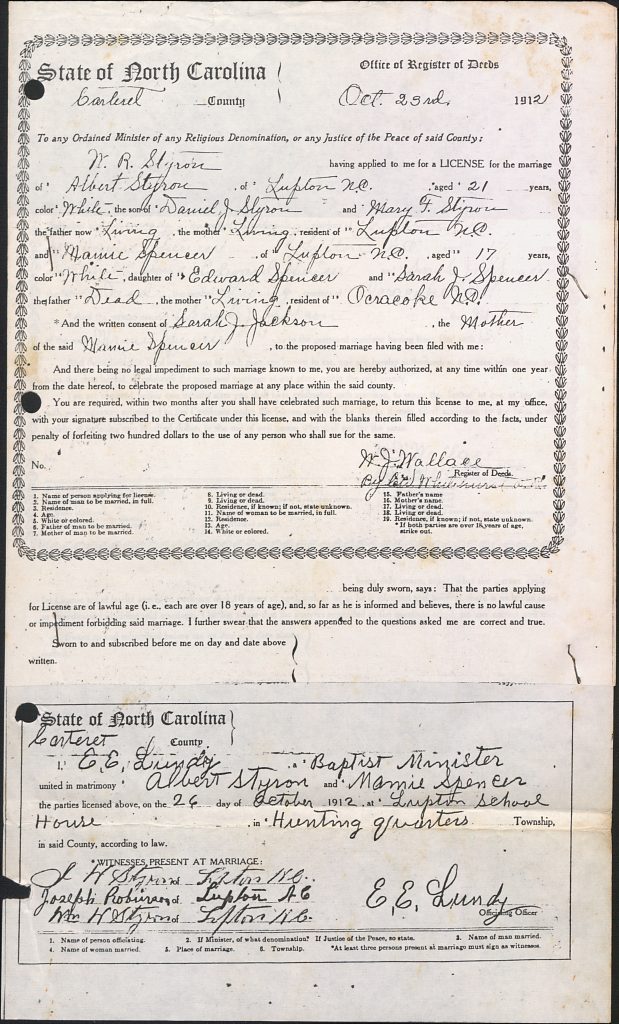
Whenever you need a break from the weight of death, refresh with a wedding! Our uploads include a log of local marriages in and around Ocracoke Island that extends as far back as 1735, featuring an extensive list of nuptials, dates, and locations. More recent marriages also include copies of individual marriage certificates from the deed of registers, dating back to the middle of the twentieth century. A personal highlight of the collection are a pair of authentic marriage records from a ceremony taking place in 1912: one between E. Spencer and N. Gaskill, and the other between Albert Stephen and Marnie Spencer.
You can access this absolute bumper crop of history online at DigitalNC here. Still not satisfied? Read more about Ocracoke’s history and preservation at our partners website here, or look through more Ocracoke material on their partner page.
